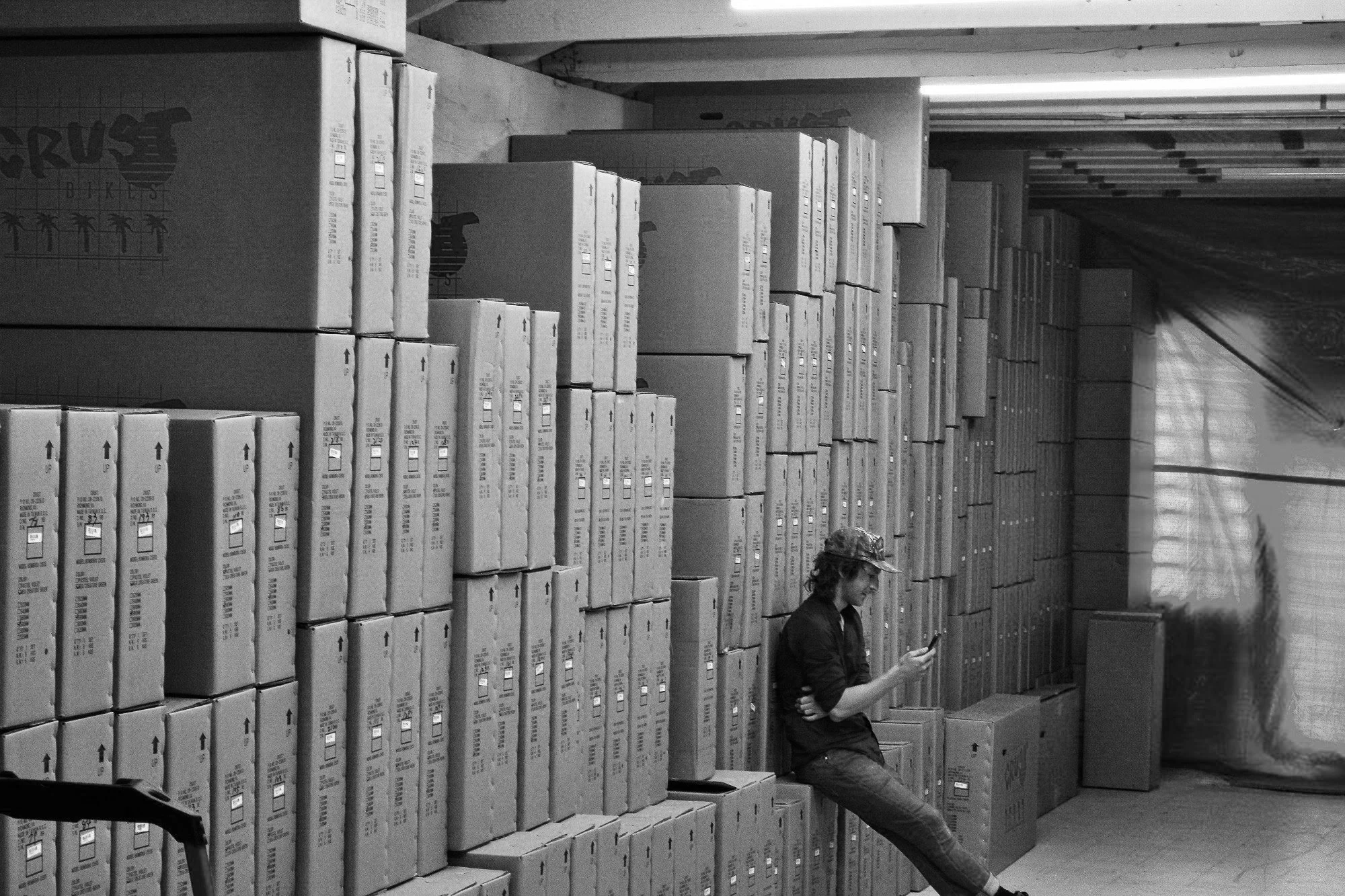Five Tariff Economy Marketing Strategies for Your Bike Shop
As global trade tensions and tariffs continue to impact the cost of bicycles and components, many local bike shops are feeling the pressure. With wholesale prices climbing and customers hesitating to make big-ticket purchases, it’s more important than ever for shops to adapt. The good news? With the right marketing strategies, you can not only weather the storm—but come out stronger and more connected to your local cycling community.
Here are five top marketing strategies to help your bike shop thrive in a tariff-affected economy:
1. Promote Service & Repair Packages
When new bike prices rise, many customers shift their focus to maintaining what they already own. Meet this need head-on by promoting tune-up packages, seasonal maintenance plans, or prepaid service bundles.
Marketing tip:
Run a "Bike Health Month" campaign. Offer discounts on multi-service packages and educate customers on the long-term savings of regular maintenance through email, social media, and in-store signage.
2. Expand Your Used Bike & Trade-In Program
Used bikes and components are not affected by tariffs, making them an attractive and affordable option for customers. Launching or expanding a trade-in program can keep customers in your ecosystem and reduce their upfront costs.
Marketing tip:
Create an easy-to-understand trade-in value chart and promote it on your website and Instagram. Consider showcasing stories of customers who upgraded affordably through your trade-in program.
3. Launch a Subscription or Bike-as-a-Service Option
A monthly subscription model turns a large, potentially intimidating purchase into a low-commitment decision. It’s ideal for commuters, students, or families who want flexibility and affordability.
Marketing tip:
Brand your subscription service clearly (e.g., "RideFlex by [Your Shop Name]") and offer tiered plans with built-in maintenance. Highlight convenience and budget-friendly access to quality bikes.
4. Educate Customers on Value Over Price
When costs go up, customers naturally question value. Shift the conversation away from price by emphasizing quality, performance, and the benefits of shopping local.
Marketing tip:
Use content marketing—blogs, YouTube videos, or in-person clinics—to teach customers about component durability, proper bike fit, and why investing in good service matters more than ever.
5. Offer Bundle Deals and Loyalty Incentives
Bundling products and services boosts perceived value while encouraging larger purchases. At the same time, a strong loyalty program keeps customers coming back even when budgets are tight.
Marketing tip:
Create limited-time bundles like “The Urban Commuter Starter Pack” (bike + helmet + tune-up). Pair this with a points-based rewards program that offers discounts or free accessories after a certain spend level.
Final Thoughts
Tariffs may increase costs, but they also open the door for creative marketing and deeper customer relationships. By focusing on value, service, flexibility, and loyalty, your bike shop can not only stay competitive—but build stronger community ties in the process.
Contact Us here at VeloFly Digital to discuss cost-effective ways we can help you execute on these ideas, among many more, to weather the tariff storm.

